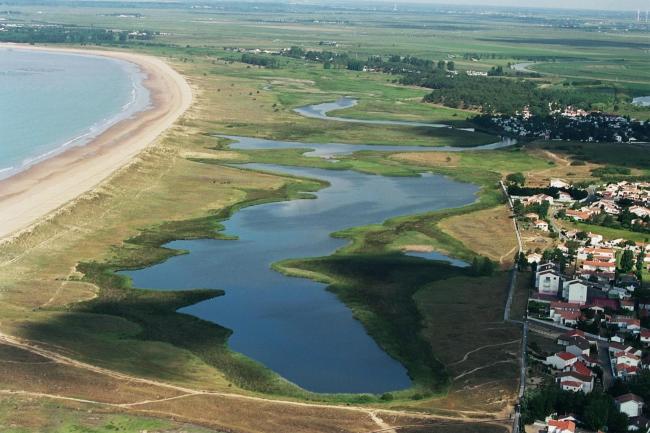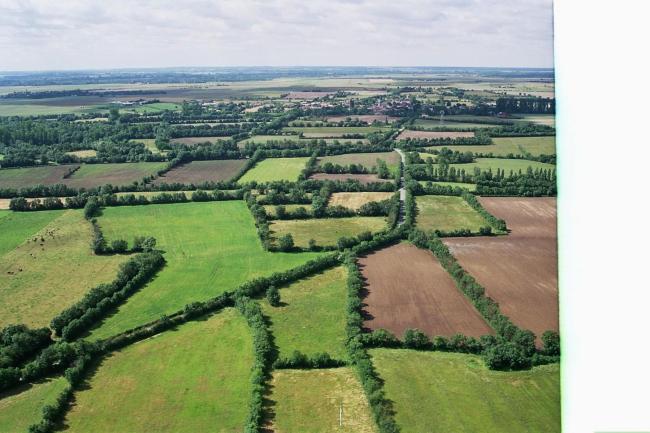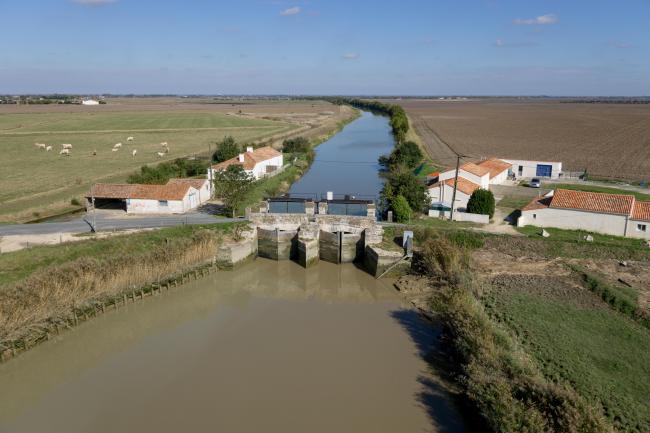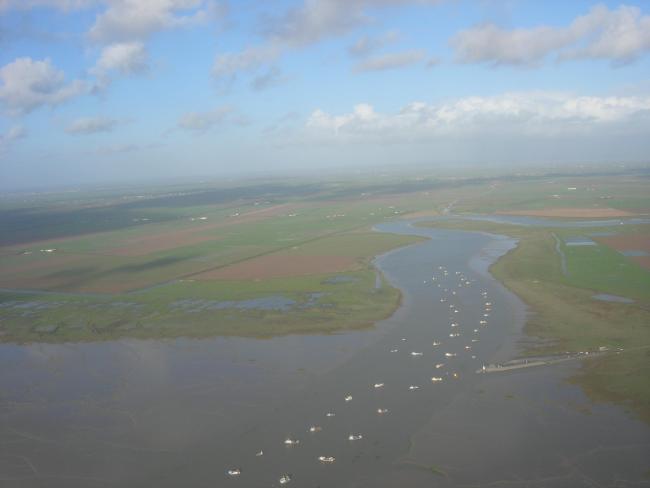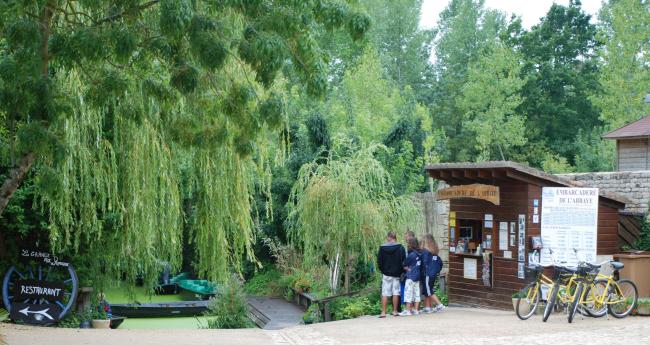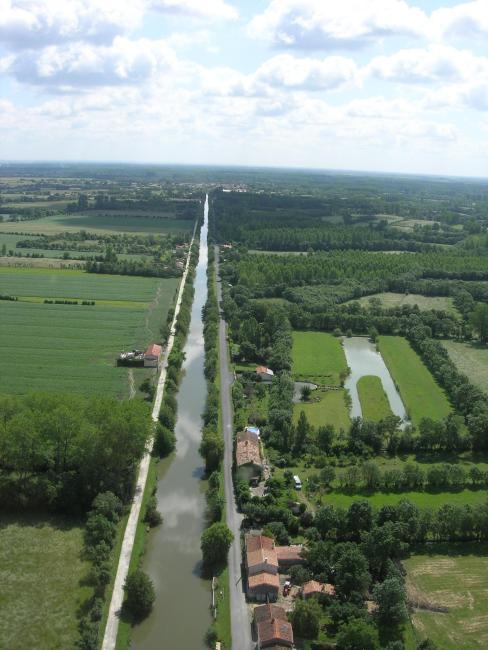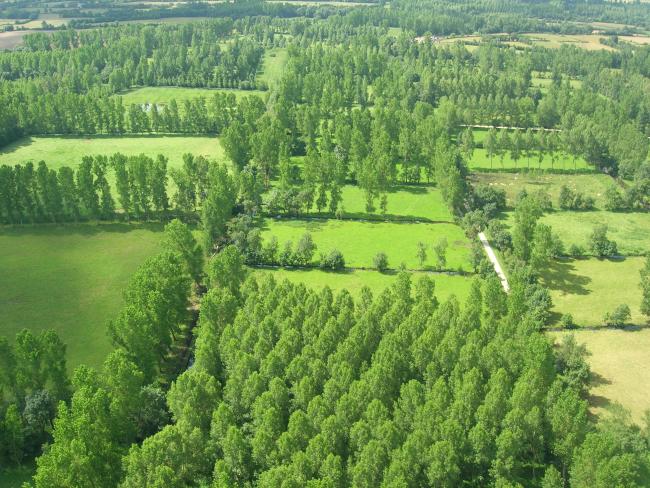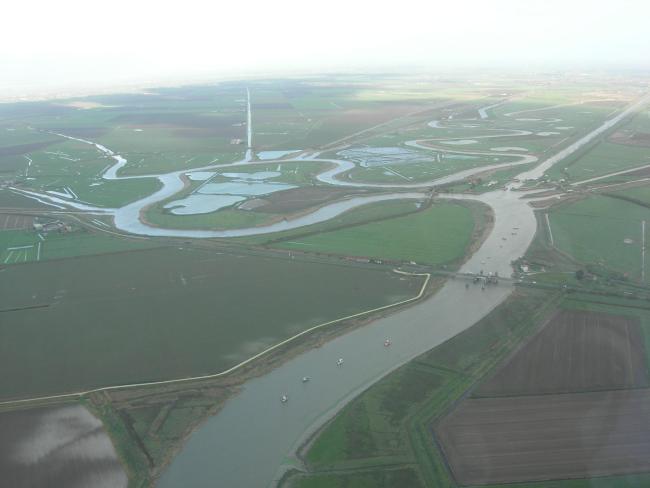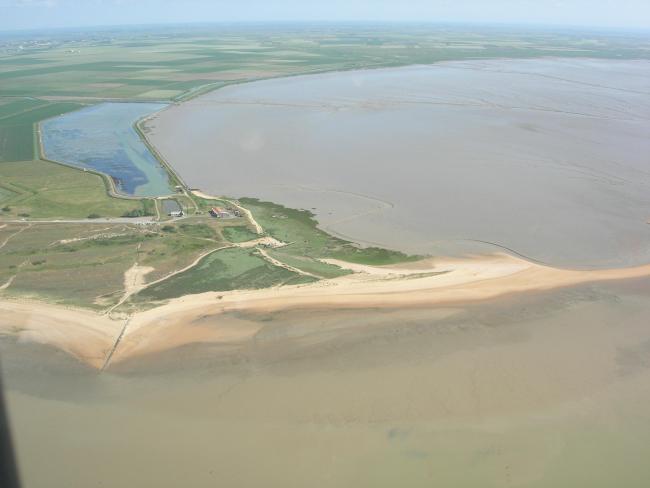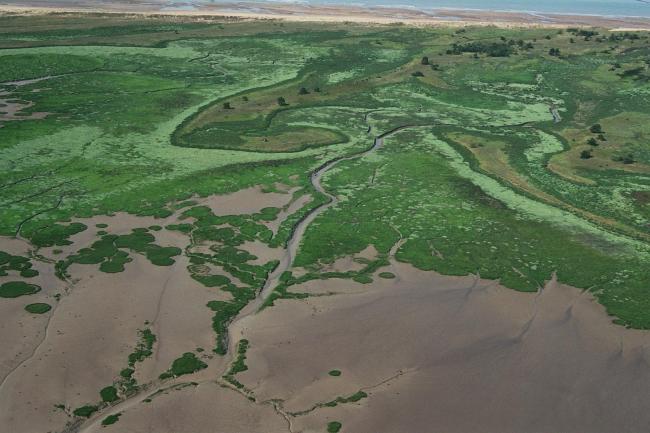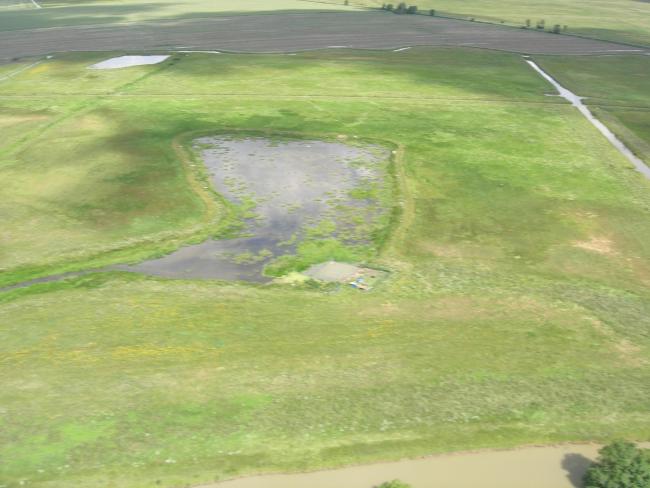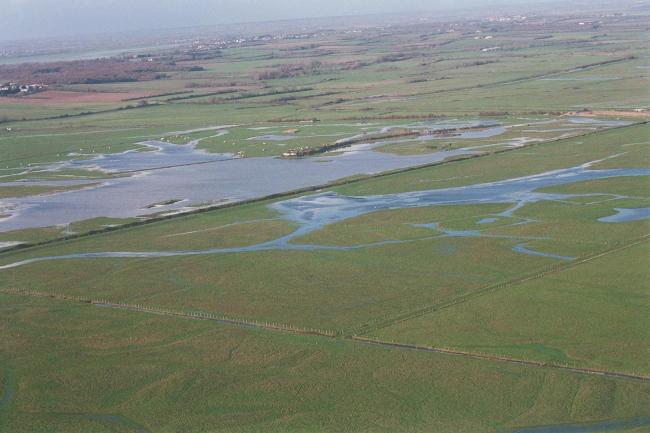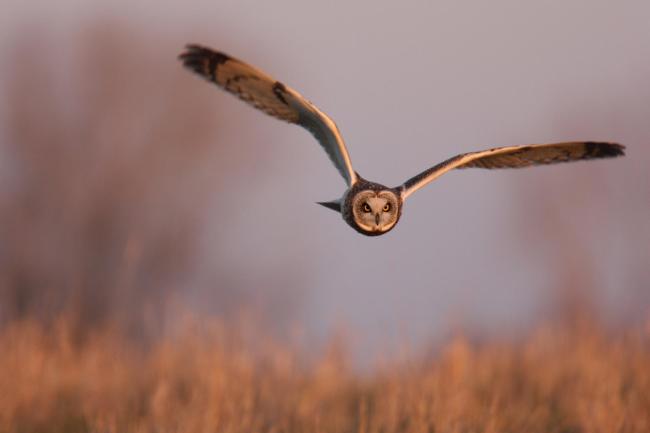Marais poitevin
Marais poitevin
- Country:
- France
- Site number:
- 2531
- Area:
- 69,034.0 ha
- Designation date:
- 23-11-2023
- Coordinates:
- 46°18'10"N 00°58'36"W
Carousel
CarouselMaterials presented on this website, particularly maps and territorial information, are as-is and as-available based on available data and do not imply the expression of any opinion whatsoever on the part of the Secretariat of the Ramsar Convention concerning the legal status of any country, territory, city or area, or of its authorities, or concerning the delimitation of its frontiers or boundaries.
The Marais poitevin, the second largest wetland in France, reflects the co-existence of natural processes and human agricultural interventions over centuries. This large area is remarkable for the diversity of its constituent environments: it consists of a complex network of “dry” marshes featuring dams, drainage channels, hydraulic works and farmland, “wet” marshes, and river valleys, limestone islands, polders, and coastal environments. The Site includes 33 habitats listed under the European Union’s Habitats Directive, including four “priority habitat types”. It is an area of great ecological richness, hosting a total of 58 mammal species, 337 birds, 33 fish, 54 odonates (an order of flying insects that includes dragonfly and damselfly groups), 63 butterflies, 17 amphibians, 140 molluscs and 9 reptile species. It is the breeding ground, feeding ground, nursery, and resting place for numerous species such as the critically endangered European eel (Anguilla Anguilla), the vulnerable western spadefoot (Pelobates cultripes), the lesser horseshoe bat (Rhinolophus hipposideros) and the allis shad (Alosa alosa). The Site supports 1% or more of regional populations of 13 wintering and migratory waterbird species, including northern pintail (Anas acuta), red knot (Calidris canutus), dunlin (Calidris alpina), black-tailed godwit (Limosa limosa), pied avocet (Recurvirostra avosetta) and common shelduck (Tadorna tadorna).
- Arrêté Préfectoral de Protection de Biotope - APPB de la pointe de l'Aiguillon
- Arrêté Préfectoral de Protection de Biotope - APPB de la tourbière du Bourdet
- Arrêté Préfectoral de Protection de Biotope - APPB des coteaux calcaires de Chaillé les Marais
- Arrêté Préfectoral de Protection de Biotope - APPB des marais doux Charentais
- Arrêté Préfectoral de Protection de Biotope - APPB des terrées du Pain Béni
- Arrêté Préfectoral de Protection de Biotope - APPB du Fief Bodin
- Arrêté Préfectoral de Protection de Biotope - APPB du Marais Mouillé de la Venise Verte
- Arrêté Préfectoral de Protection de Biotope et d'Habitat Naturel - APPBHN de la cuvette de Nuaillé
- Réserve Biologique Dirigée (RBD), Réserve de Chasse et de Faune Sauvage (RCFS), Réserve de Chasse Maritime (RCM) - Pointe d'Arçay
- Réserve naturelle nationale - RNN de Saint Denis du Payré
- Réserve naturelle nationale - RNN de la lagune de la Belle Henriette
- Réserve naturelle nationale - RNNs de la baie de l'Aiguillon (17 et 85)
- Réserve naturelle régionale - RNR de la ferme de Choisy
- Réserve naturelle régionale - RNR du marais communal du Poiré sur Velluire
- Réserve naturelle régionale - RNR du marais de la Vacherie
- EU Natura 2000
- FR2531RIS_2312_fr.pdf
- FR2531_map210331.jpg
- FR2531_taxo190701.xlsx
- FR2531_ECD220921.pdf

